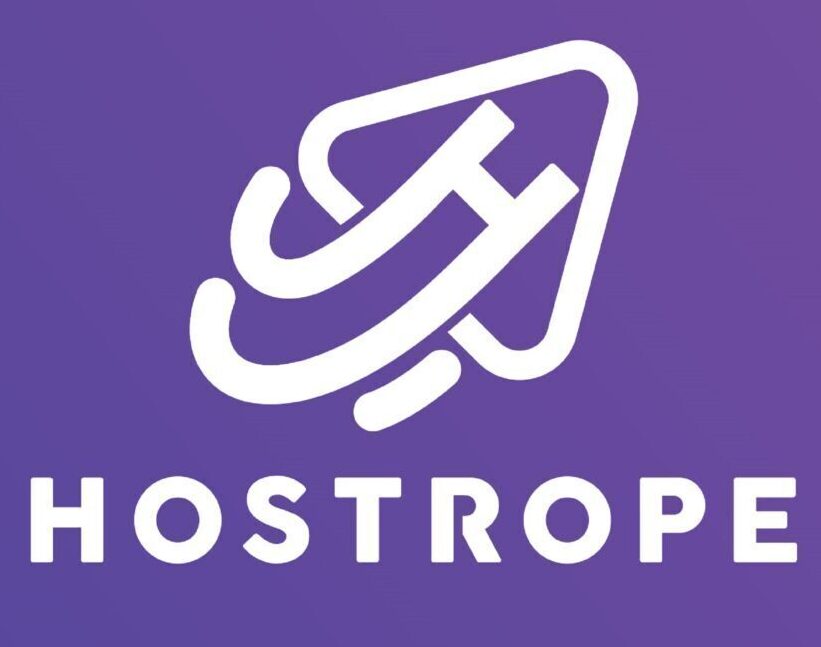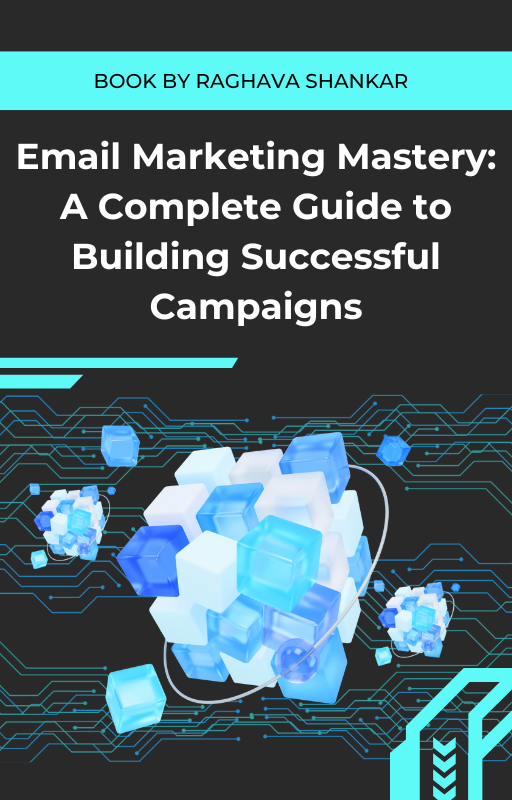Email marketing remains one of the most effective ways for businesses to connect with their customers. Despite the emergence of various digital marketing channels, email continues to deliver impressive ROI, making it an indispensable part of any comprehensive marketing strategy. However, like all digital marketing techniques, email marketing is not static. It evolves with changing consumer behaviors, technological advancements, and industry trends. In this article, we’ll explore the latest trends shaping the world of email marketing and how businesses can leverage them to drive engagement, conversions, and revenue.
1. Personalization
Personalization has been a trend in email marketing for some time now, but it’s becoming increasingly sophisticated. Customers expect more than just seeing their name in the subject line. They want content that is tailored to their interests, preferences, and behaviors. Marketers are leveraging advanced segmentation techniques and dynamic content to deliver highly personalized experiences.
- Behavioral Targeting: By analyzing customer behavior and interactions with previous emails, websites, and other touchpoints, marketers can create highly targeted and relevant email campaigns.
- Dynamic Content: Dynamic content allows marketers to customize the content of an email based on the recipient’s preferences, demographics, or past interactions. This could include product recommendations, content suggestions, or even personalized images and videos.
2. Automation
Automation continues to revolutionize email marketing by streamlining processes, saving time, and improving efficiency. Automated email campaigns are triggered by specific actions or events, such as a new subscriber, a completed purchase, or an abandoned shopping cart.
- Welcome Series: Welcome emails are the first impression a subscriber has of your brand. By automating a series of welcome emails, you can introduce new subscribers to your brand, set expectations, and encourage further engagement.
- Abandoned Cart Recovery: Abandoned cart emails are highly effective at recovering lost sales. By automatically sending an email to customers who have abandoned their shopping carts, businesses can remind them of their unfinished purchase and encourage them to complete it.
3. Mobile Optimization
With the majority of emails now being opened on mobile devices, optimizing emails for mobile has never been more important. Mobile optimization involves more than just ensuring that emails are readable on a small screen. It also includes optimizing the email design, layout, and call-to-action buttons for the mobile experience.
- Responsive Design: Responsive email design ensures that emails adapt to the screen size of the device they are being viewed on, providing an optimal viewing experience for the recipient.
- Thumb-Friendly Design: Making sure that buttons and links are easily tappable on a mobile device can significantly improve the user experience and increase click-through rates.
4. Interactive Content
Interactive content is a growing trend in email marketing as it helps to engage subscribers and encourage them to interact with the email. Interactive elements such as quizzes, polls, surveys, and GIFs can make emails more engaging and memorable.
- Polls and Surveys: Polls and surveys are a great way to gather feedback from your subscribers, learn more about their preferences, and tailor future email campaigns accordingly.
- Interactive Images and GIFs: Adding interactive elements such as GIFs, videos, or image carousels can make your emails more visually appealing and engaging.
5. AI and Machine Learning
Artificial intelligence and machine learning are revolutionizing email marketing by enabling marketers to analyze vast amounts of data and deliver highly personalized experiences at scale.
- Predictive Analytics: Predictive analytics uses machine learning algorithms to analyze past behavior and predict future actions. This allows marketers to anticipate the needs and preferences of their subscribers and deliver more relevant content.
- Smart Send Times: AI-powered send time optimization analyzes the past behavior of individual subscribers to determine the optimal time to send them an email, increasing the likelihood of engagement.
6. Privacy and Data Protection
With the increasing focus on data privacy and protection, it’s more important than ever for marketers to be transparent about how they collect, store, and use customer data.
- GDPR Compliance: The General Data Protection Regulation (GDPR) has had a significant impact on how businesses collect and use customer data. Marketers need to ensure that their email marketing practices are GDPR compliant and that they have the necessary consent from their subscribers.
- Preference Centers: Preference centers allow subscribers to choose the type and frequency of emails they receive, giving them more control over their inbox and helping to improve engagement and deliverability.
Conclusion
Email marketing continues to be one of the most effective ways for businesses to reach and engage their customers. By staying abreast of the latest trends and best practices, marketers can ensure that their email campaigns remain relevant, engaging, and effective in an ever-evolving digital landscape. From personalization and automation to mobile optimization and interactive content, the possibilities for creating engaging and effective email campaigns are endless. By embracing these trends and incorporating them into their email marketing strategy, businesses can drive engagement, conversions, and revenue like never before.










